Samaná Península-Dominican Republic-West Indies Caribbean
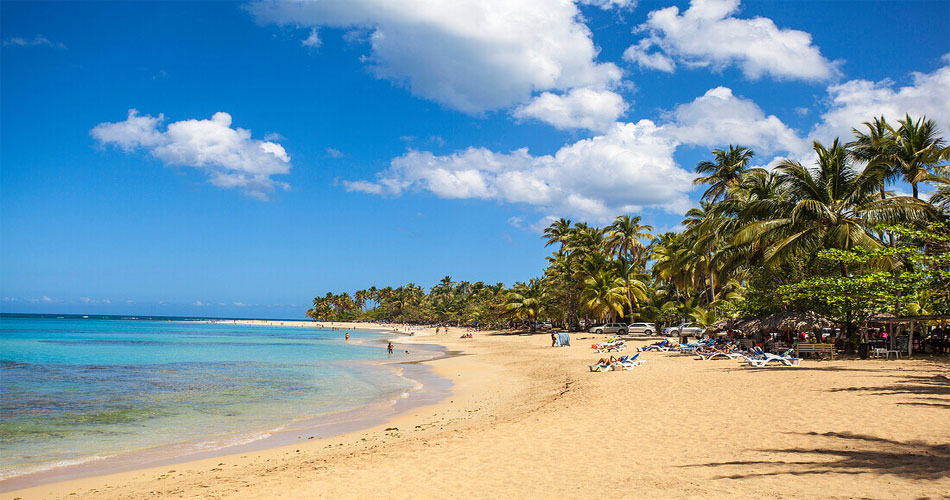
The Dominican Republic is located in the Caribbean region, occupying the eastern two-thirds of the island of Hispaniola, which it shares with Haiti. The country is situated between the Caribbean Sea and the North Atlantic Ocean, and is bordered by Cuba and Puerto Rico.The Cordillera Septentrional (Northern Mountain Range) runs parallel to the Atlantic coast, while the Sierra de Neiba and Sierra de Bahoruco mountain ranges occupy the southwest corner of the country. Vast intermountain valleys are interspersed with the mountain ranges.The Samaná Península is a peninsula in Dominican Republic situated in the province of Samaná. The Samaná Peninsula is connected to the rest of the state by the isthmus of Samaná; to its south is Samaná Bay. The peninsula contains many beaches, especially in the city of Santa Bárbara de Samaná.Samaná–often abbreviated to refer to the entire peninsula–is well connected by land and air, yet it remains the DR's secluded, paradisiacal escape of wild beaches, coconut plantations, and rainforests.The Dominican Republic (/dəˈmɪnɪkən/ də-MIN-ik-ən; Spanish: República Dominicana, pronounced [reˈpuβlika ðominiˈkana]) is a country on the island of Hispaniola in the Greater Antilles archipelago of the Caribbean Sea, bordered by the Atlantic Ocean to the north.Samana Province is known for some of its popular attractions, which include: El Salto del Limón. Playa Rincon. Los Haitises National Park.
Soufrière-Saint Lucia, West Indies Caribbean
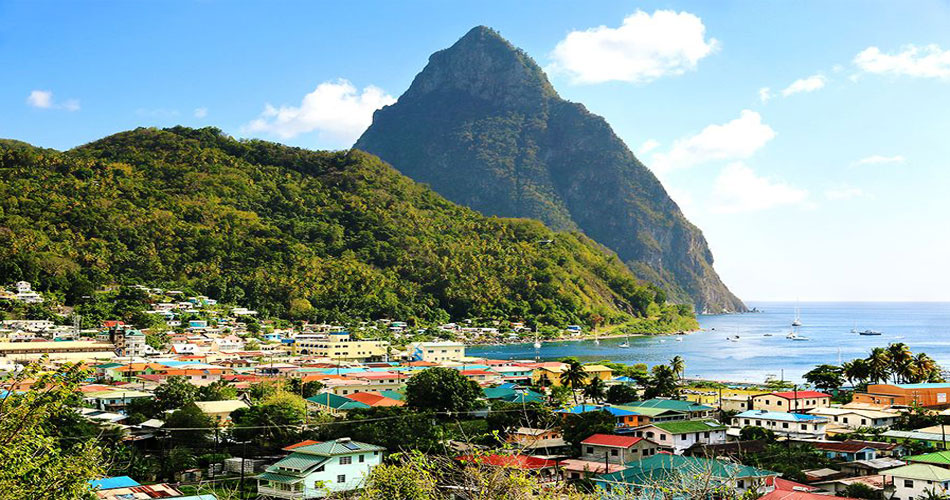
Soufrière is a town on the West Coast of Saint Lucia, in the eastern Caribbean Sea. The town and the surrounding district has a population of 7,935. It was colonized by the French and was the original capital of the island.Soufriere is well known for being home to the Pitons but there's much more to look forward to seeing in this southern town including the world's only 'drive-in' volcano, waterfalls, hot springs, and mineral baths.St. Lucia remains a member of the British Commonwealth. Today the United States and St. Lucia enjoy cooperative relations and have signed several treaties concerning international crime and narcotics trafficking.La Soufrière is one of the most active volcanoes in the Lesser Antilles and has a long history of eruptions with the historical records showing eruptions in 1718, 1812, 1814, 1902-1903, 1971-72 and 1979. Loss of life was recorded in the 1812 and 1902-03 eruptions when 56 persons died in 1812 and over 1500 in 1902-03.A “soufriere” is by definition such a place where sulphur is naturally deposited and is often associated with a volcano (e.g., Soufriere Hills Volcano, in Montserrat or the town Soufriere in Dominica).Soufrière Type – the eruption column can no longer be sustained (due to loss of pressure), so the column collapses forming pyroclastic flows on the flanks of the volcano (St Vincent, 1902). They tend to be cooler than the others.
Saint George's Grenada, West Indies Caribbean
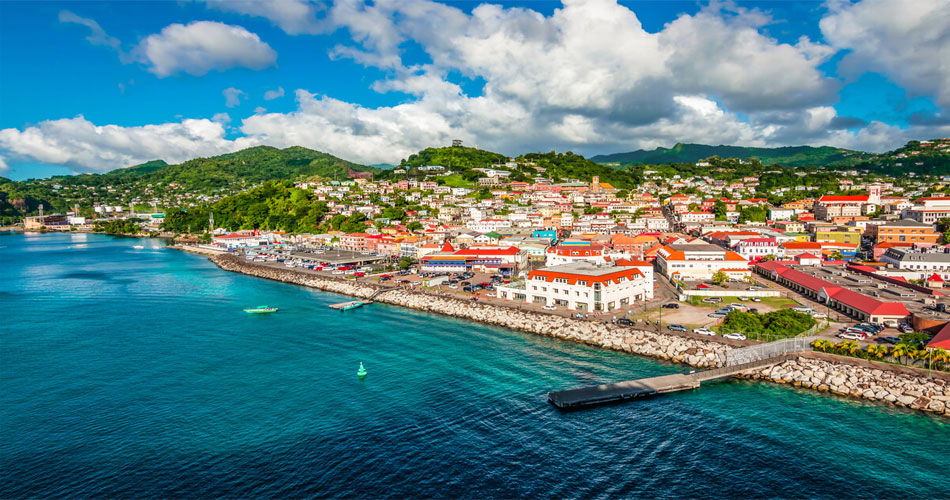
St. George’s is the capital city of the Caribbean island of Grenada. In the town center, the 18th-century Fort George offers panoramic views of the island and St. George’s Bay. Nearby, Fort Matthew was formerly a battleground and, later, an asylum, and has underground tunnels. The Grenada National Museum hosts exhibits about the history of the region, including the plantation economy and the whaling industry.Grenada achieved independence from Britain in 1974. Following a leftist coup in 1983, the island was invaded by U. S. troops and a pro USA government was reinstated. In 2004, St. George's and the rest of Grenada was severely battered by Hurricane Ivan.Grenada is a small volcanic island in the Caribbean made up of one large and six smaller islands. It is famous for its beautiful beaches, lush forests and waterfalls, and for its spice production. Though small, the island certainly does pack a punch when it comes to things to do.The first thing you notice when arriving in Grenada is its temperate climate and rich topography. Approximately 22 miles long and 12 miles wide, Grenada is 133 square miles of some of the most varied terrain in the Caribbean – from mountains and rainforests to stunning mangroves and dwarf forests. With average temperatures that range from 75ºF to 85ºF (24ºC to 30ºC) and tempered by steady, cooling trade winds, you’ll find that Grenada is the perfect place to study, forge new friendships, and enjoy a variety of activities both on and off campus.An independent nation within the British Commonwealth and part of the Windward Islands in the southern Caribbean, Grenada is known as the Spice Island. Well known for its nutmeg, cinnamon, ginger and vanilla, there are more spices in Grenada per square mile than anywhere else on the planet. Nutmeg is the most abundant spice, and Grenada produces about a third of the world’s supply.
St. John's Antigua and Barbuda, West Indies Caribbean
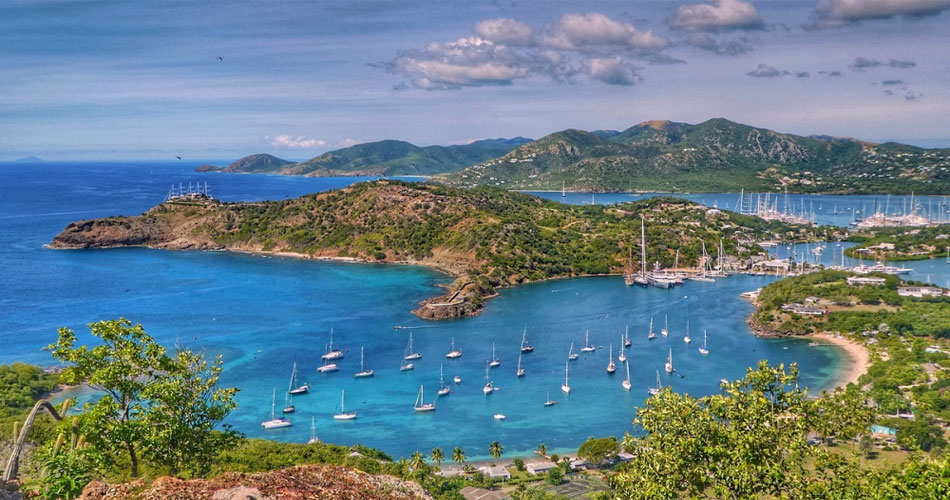
St. John’s is the capital and key port of the Caribbean island nation of Antigua and Barbuda. The city is home to the Museum of Antigua and Barbuda, with exhibits on indigenous tribes and plantation life. St. John’s Cathedral, a 19th-century Anglican church, is on a hill near the 17th-century Government House. A monument to the nation’s founder, V.C. Bird, is next to the Public Market, which sells crafts and produce.The city is famous for its shopping malls as well as boutiques throughout the city, selling designer jewellery and haute-couture clothing. St. John's attracts tourists from the resorts on the island and from the cruise ships which dock in its harbour at Heritage Quay and Redcliffe Quay several times a week.Antigua and Barbuda is an independent Commonwealth country comprising its 2 namesake islands and several smaller ones. Positioned where the Atlantic and Caribbean meet, it's known for reef-lined beaches, rainforests and resorts. Its English Harbour is a yachting hub and the site of historic Nelson's Dockyard. In the capital, St. John's, the national museum displays indigenous and colonial artefacts.Tourism is Antigua and Barbuda's largest economic sector, bringing in more than 50 per cent of GDP and making up more than 46 per cent of national employment (both directly and indirectly).Antigua and Barbuda is one of the Caribbean's most prosperous nations, thanks to its tourism industry and offshore financial services.
Shoal Bay Beach Anguilla, West Indies Caribbean
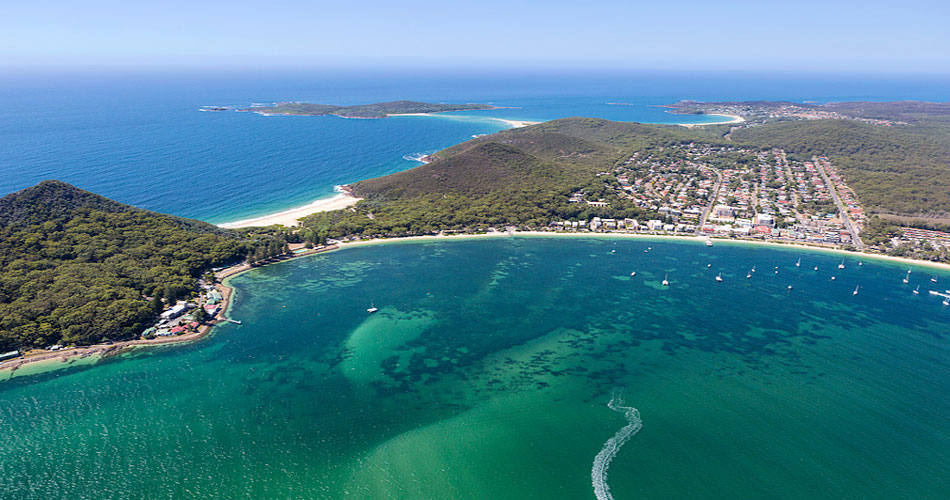
Anguilla is noted for its ecologically important coral reefs and beaches.The Shoal Bay Beach Known for its white sands and clear blue water, Shoal Bay boasts a public jetty, boat ramp and kayak hire. It is the perfect place for a swim and has a spectacular view of the headland.. Activities such as swimming, diving, water activities, surfing, and sun bathing are all popular at Shoal Beach. The beach is a lovely sandy beach, and the nearby marine reserve in the area offers beach visiters the chance to observe marine life in an unspoiled condition.raveling by public transport requires either a bus or a taxi to Marigot, a roundtrip ferry from Marigot to Blowing Point ($20 each way) and either a rental car or taxi ($40 roundtrip) from Blowing Point to the coveted Shoal Bay Beach. Alternatively, organized day trips to the island start at $95, including lunch.There's simply no better place to let go of daily stress than on the beach. You can sit back and soak up the sun, watch the waves roll in, or even take a nap in a hammock strung between two palm trees. You also might be able to meet some new friends while at the beach!Anguilla (/æŋˈɡwɪlə/ ang-GWIL-ə) is a British Overseas Territory in the Caribbean. It is one of the most northerly of the Leeward Islands in the Lesser Antilles, lying east of Puerto Rico and the Virgin Islands and directly north of Saint Martin.
Go Back To Home